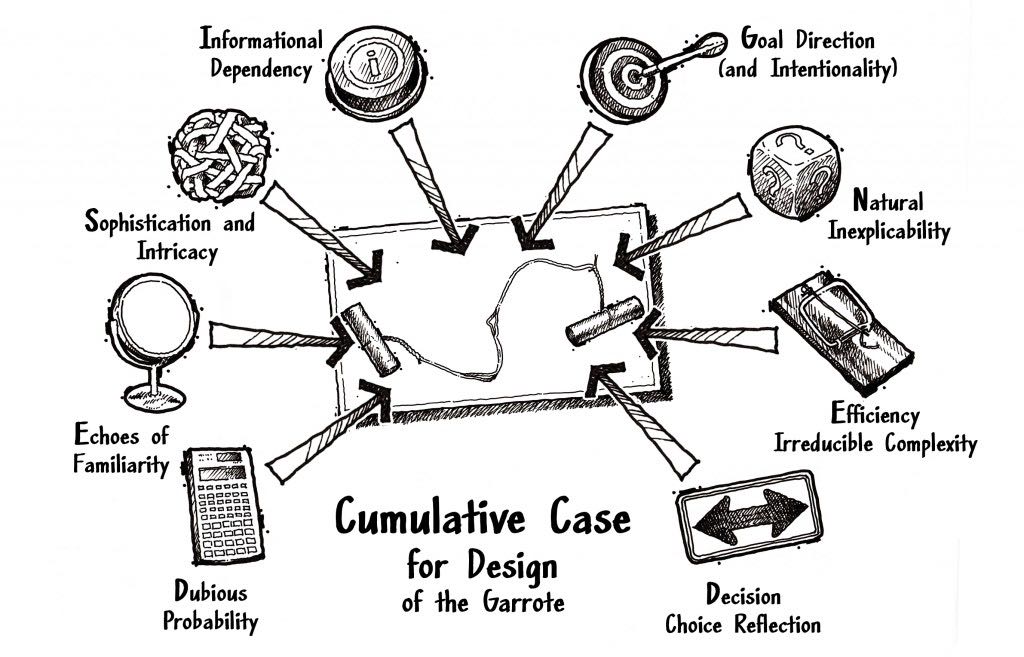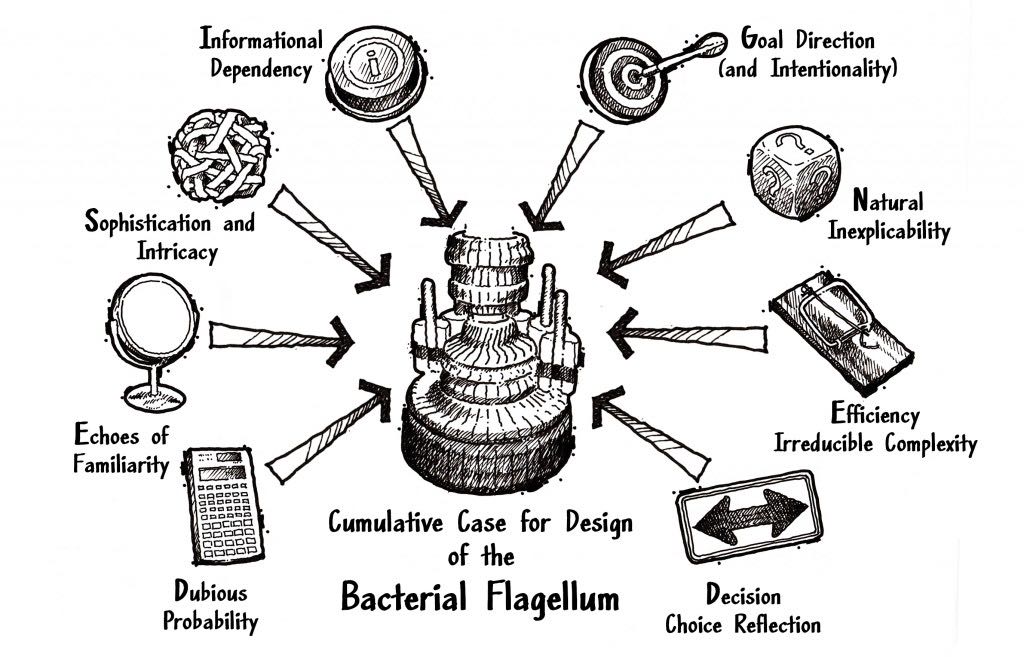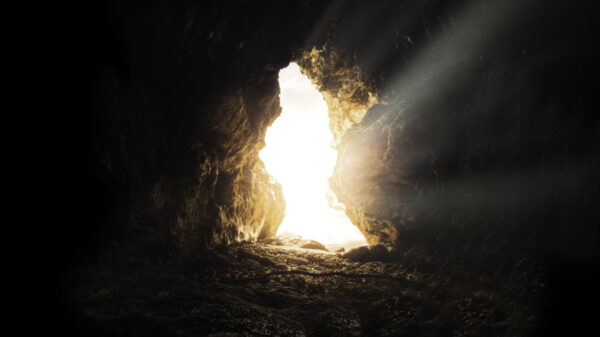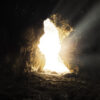
D- Dubious Probability (Given Chance)
Is random chance an insufficient explanation for the formation and assembly of the object we are examining?
E -Echoes of Familiarity
Does the object resemble other structures we know (with certainty) were designed by intelligent designers?
S- Sophistication and Intricacy
Does the object display specificity, sophistication and intricacy consistent with the involvement of an intelligent agent?
I – Informational Dependency
Is there any evidence the object was directed and created by way of instructional information?
G – Goal Direction (and Intentionality)
Does the form and assembly process of the object process to be goal-directed?
N – Natural Inexplicability (Given Laws of Physics or Chemistry)
Are the laws of physics and chemistry insufficient to account for the form and function of the object?
E – Efficiency / Irreducible Complexity
Does the object display efficient, irreducible complexity reflecting the involvement of an intelligent designer?
D – Decision / Choice Reflection
Does the object display evidence of conscious choices indicative of an intelligent designer?
Like every cumulative case built on a collection of seemingly innocuous pieces of evidence, no single aspect of the case may appear all that compelling. But the cumulative collection of evidences, when they all point to the same reasonable inference, provide us with good reason to believe an intelligent agent has been involved in the design process. In God’s Crime Scene, I provide an example of this kind of reasonable inference from my own casework. In one cold-case from 1979, the responding officers discovered a garrote at the scene of the crime. As I describe in the book, they immediately recognized it as an intelligently designed weapon. Why? Because the garrote demonstrated all the characteristics of design we’ve just described:

All Illustrations from God’s Crime Scene
I explain this in much greater detail in the book, of course, but this simple illustration graphically depicts the nature of the cumulative case. As it turns out, this cumulative template can be applied to any object we are evaluating for the evidence of design. Let’s take a look, for example, at something with which we are all familiar: a bird’s nest. We know intelligent agents (birds) are responsible for the design of the nest because, like the garrote, the nest displays some (but not all) of the aforementioned attributes of design:

Notice that we don’t need all the attributes of design to be present in order to correctly infer the involvement of an intelligent agent, but the more attributes we identify, the more reasonable the inference. Now let’s turn a corner and examine a modern icon of the Intelligent Design movement, the bacterial flagellum. This biological micro-machine propels bacteria much like a rotary engine. Discovered in the late 1970’s bacterial flagella display several attributes of design:

Once again we see the familiar attributes of design we’ve identified, and even if we skeptically rejected the presence of some of these characteristics, the strength of the inference for design is still very strong, given the remaining pieces of the cumulative case. In God’s Crime Scene, I describe each of these design attributes in much greater great detail as I navigate the structure of Bacterial flagella. I also examine the naturalistic explanations of those who deny the existence of an Intelligent Designer. Can natural laws, time, chance and natural selection account for the design characteristics we see in flagella? I hope my investigation in God’s Crime Scene can help you answer that question. When the cumulative evidence for a Designer is robust and diverse, the existence of such a Designer is reasonable and one significant element in the larger case for the existence of God. When the cumulative evidence for a Designer is robust and diverse, the existence of such a Designer is reasonable and one significant element in the larger case for the existence of God. Click To Tweet

J. Warner Wallace is a Dateline featured Cold-Case Detective, Senior Fellow at the Colson Center for Christian Worldview, Adj. Professor of Christian Apologetics at Talbot School of Theology, Biola University, author of Cold-Case Christianity, God’s Crime Scene, and Forensic Faith, and creator of the Case Makers Academy for kids.
Subscribe to J. Warner’s Daily Email
J. Warner Wallace is a Dateline featured cold-case homicide detective, popular national speaker and best-selling author. He continues to consult on cold-case investigations while serving as a Senior Fellow at the Colson Center for Christian Worldview. He is also an Adj. Professor of Christian Apologetics at Talbot School of Theology, Biola University, and a faculty member at Summit Ministries. He holds a BA in Design (from CSULB), an MA in Architecture (from UCLA), and an MA in Theological Studies (from Gateway Seminary).
































